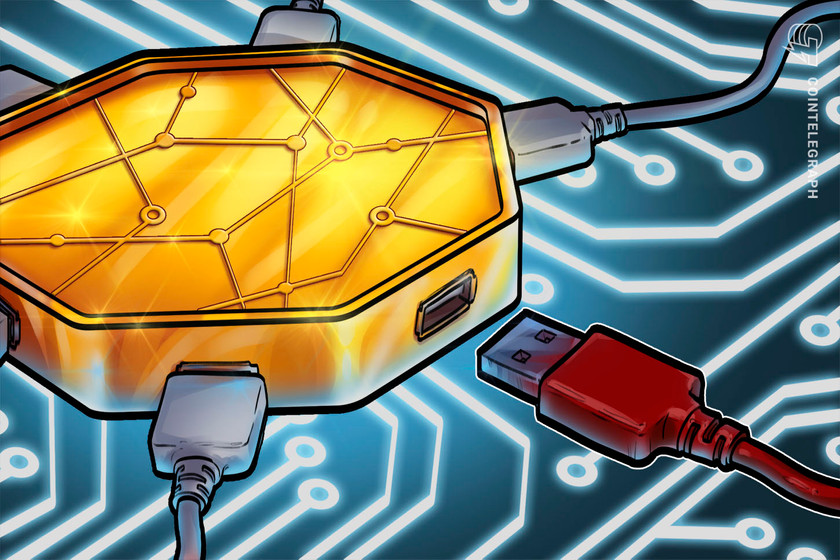
President Biden urges technology companies to prioritize secure AI products before public release, stressing the need to address potential risks to society, national security and the economy.
United States President Joe Biden stated on Tuesday that the safety of artificial intelligence (AI) is still uncertain, and emphasized that technology firms should ensure their products are secure before releasing them to the public.
During a meeting with science and technology advisers, Biden acknowledged that AI could be beneficial in tackling issues such as disease and climate change. However, he stressed the significance of addressing possible risks to society, national security and the economy.
At the beginning of a meeting with the President’s Council of Advisors on Science and Technology, he stated that technology companies must ensure their products are secure before releasing them to the public. When questioned about the potential hazards of AI, he replied, “It is yet to be determined. There is a possibility.“
According to the president, social media has already demonstrated the negative impact that powerful technologies can have in the absence of appropriate measures to protect against them. “Absent safeguards, we see the impact on the mental health and self-images and feelings and hopelessness, especially among young people,” Biden said.
Related: Multiple US state regulators allege AI trading DApp is a Ponzi scheme
He repeated his call for the U.S. Congress to approve non-partisan privacy laws that limit the personal data gathered by technology firms, prohibit child-targeted advertising, and gives priority to health and safety in product development.
The Center for Artificial Intelligence and Digital Policy, a technology ethics organization, recently urged the U.S. Federal Trade Commission to prevent OpenAI from releasing new commercial versions of GPT-4, a language model that has both impressed and alarmed users due to its human-like capacity to create written responses to prompts.
Magazine: All rise for the robot judge: AI and blockchain could transform the courtroom















